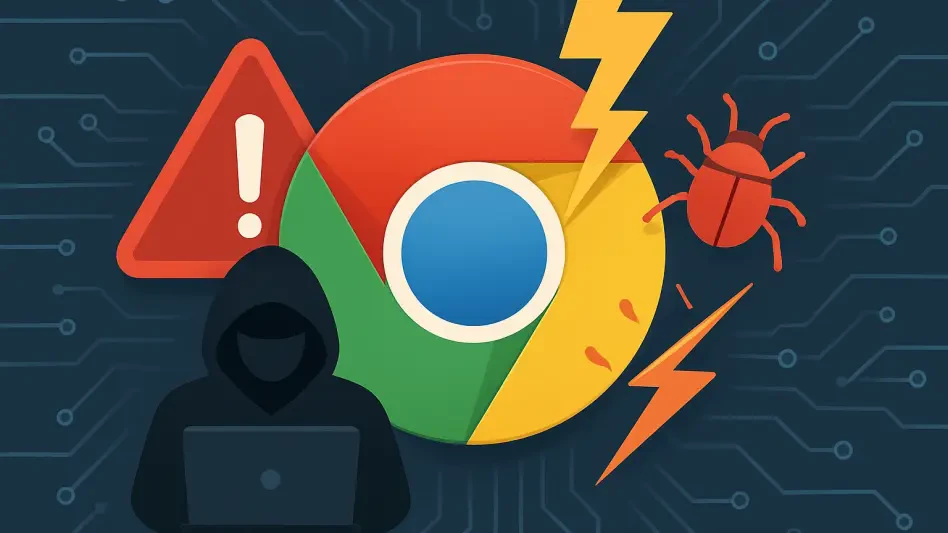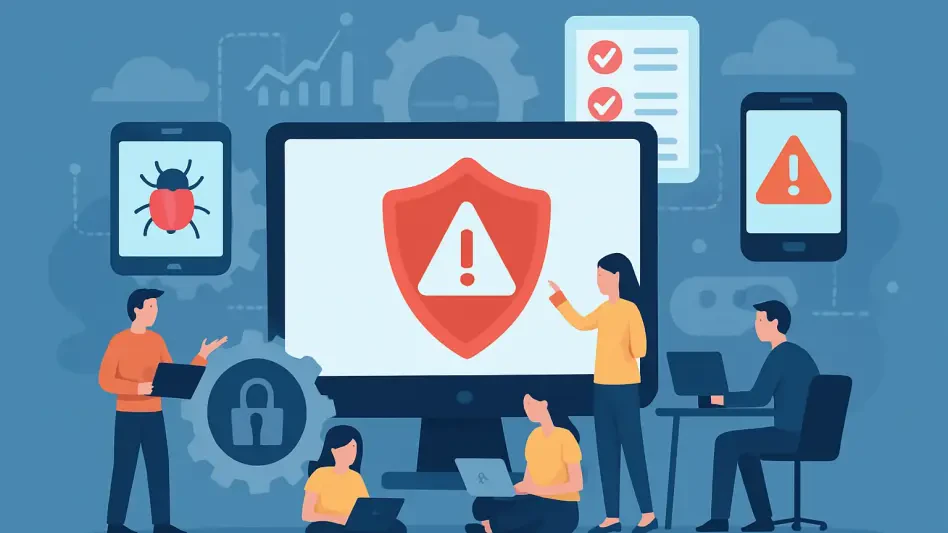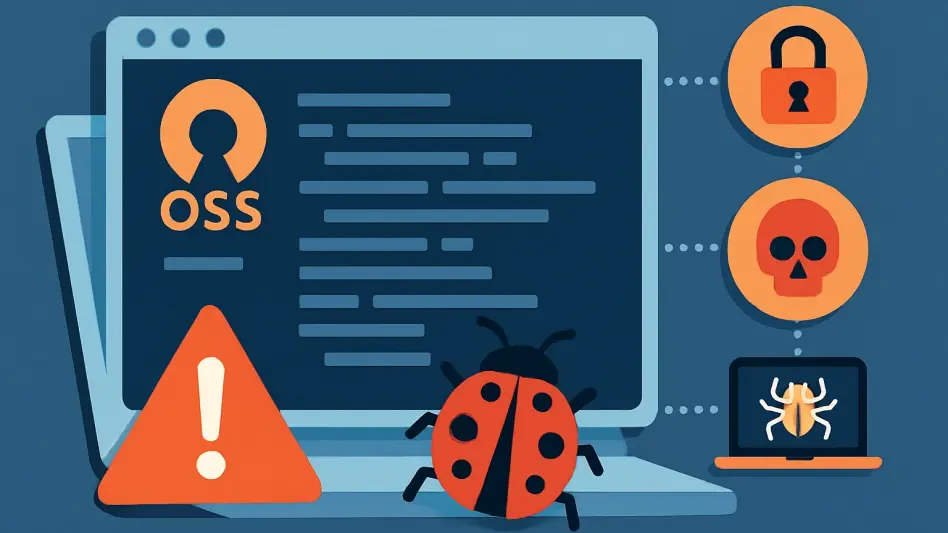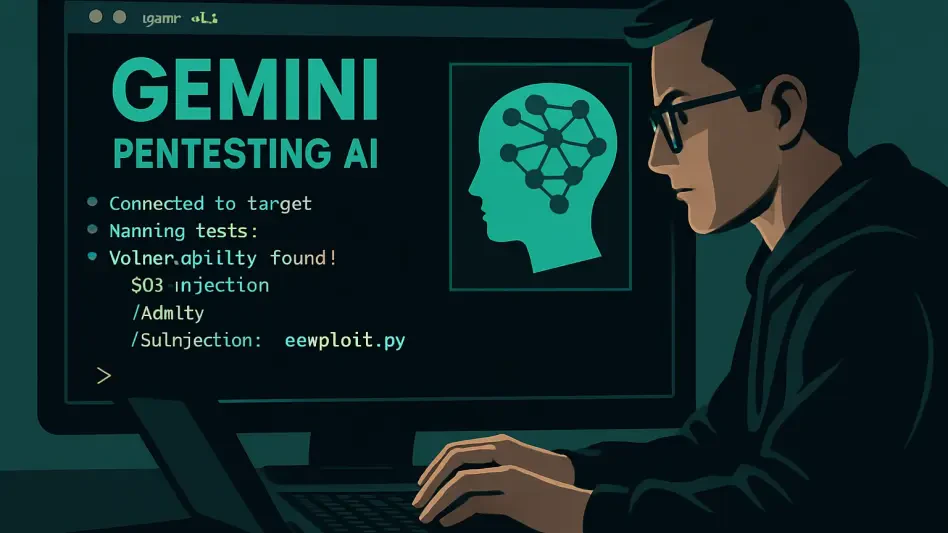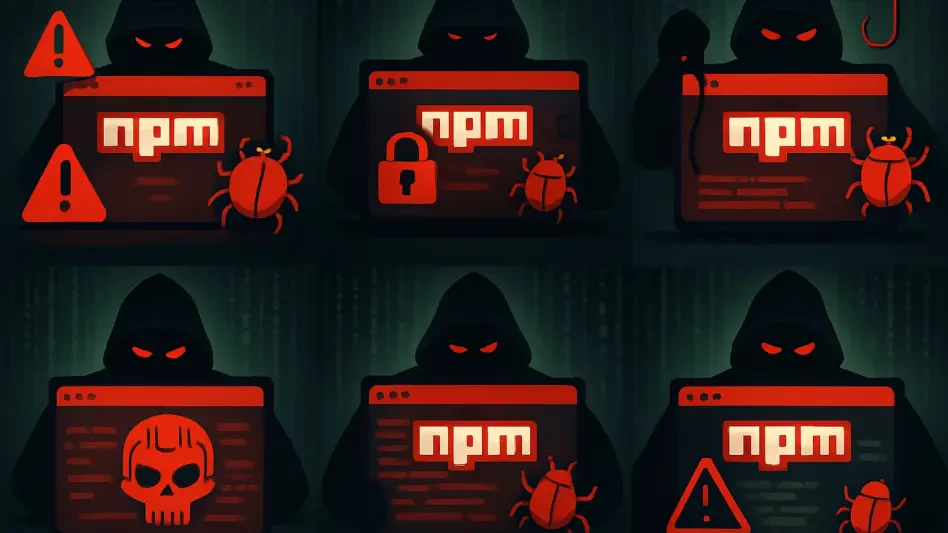A new and evolving cyber attack technique known as double-clickjacking poses a significant threat to web users, regardless of their browser choice. This new threat has prompted cybersecurity experts to issue serious warnings. Double-clickjacking involves tricking unsuspecting users into executing two clicks within their browser in rapid succession, potentially compromising sensitive login credentials or authorizing malicious activities without the user’s awareness. This evolution of traditional clickjacking techniques calls for urgent attention and action from all internet users, developers, and cybersecurity professionals.
Understanding Clickjacking and Its Evolution
The Basics of Clickjacking
Clickjacking, a predecessor to double-clickjacking, is a form of cyber attack that manipulates users into clicking on invisible or disguised elements on a web page. This deceptive method involves the use of an iframe to layer one web page over another, deceiving the user into interacting with the concealed page. Classic examples of clickjacking include likejacking, where attackers trick users into liking a page or post without their knowledge, and cursorjacking, a technique that alters the position of the cursor to make users click on unintended elements.
The fundamental principle of clickjacking is to exploit the user’s trust and attention. By presenting seemingly innocent content, such as a button or link, attackers can lure users into taking unintended actions. For instance, a user might think they are closing a pop-up ad but are actually granting permissions to an application. The impact of such attacks can be profound, ranging from unauthorized social media interactions to unauthorized financial transactions. Over time, various protections, such as frame-busting scripts and improved browser security measures, have been developed to counteract traditional clickjacking strategies. However, as cybersecurity measures advance, so do the tactics of malicious actors, paving the way for more sophisticated threats like double-clickjacking.
The Emergence of Double-Clickjacking
Double-clickjacking represents a significant leap in the sophistication of clickjacking attacks by bypassing the established defenses designed to counter traditional methods. The key innovation behind double-clickjacking lies in its exploitation of the mouse double-click timing. By orchestrating a scenario where users believe they are double-clicking on something benign, such as a CAPTCHA verification, attackers can seamlessly transition the user’s focus to a different window or element. This slight shift in context allows attackers to exploit the second click to validate a login or authorize an account action without the user’s knowledge.
This technique takes advantage of the inherent human reflex to complete an action quickly, thus capitalizing on the brief but critical window between clicks. During this window, the attacker changes the context, making it incredibly challenging for the user to detect the switch. As a result, even the most cautious users can fall victim to this attack. The introduction of double-clickjacking underscores the necessity for continuous innovation in cybersecurity measures. The ability of this technique to effectively exploit the timing of clicks makes it a formidable threat, capable of bypassing existing security measures and causing substantial harm to users and their accounts.
The Mechanics of Double-Clickjacking
Exploiting Mouse Double-Click Timing
The technical mechanics of double-clickjacking were thoroughly examined by Paulos Yibelo, an application security expert and client-side offensive exploit researcher. Yibelo’s research highlighted the particularly perilous nature of this new attack methodology. Double-clickjacking exploits a completely new threat surface that impacts virtually every browser and website. By manipulating the precise timing of a user’s double-click, this technique can bypass the well-known defenses against traditional clickjacking, exposing multiple applications and websites to potential compromise across all major platforms.
Yibelo’s findings revealed that the vulnerability lies in the milliseconds-long interval between the user’s first and second clicks. During this brief period, the attacker can seamlessly transition the context of the click, tricking the user into performing an unintended action. This innovation means that even websites with robust security features can fall prey to double-clickjacking. The widespread nature of this vulnerability across diverse platforms signifies a pressing need for the cybersecurity industry to devise new strategies and approaches to mitigate the risks. Given the rise of such advanced attack techniques, it is crucial for developers, site operators, and users to stay vigilant and updated on evolving cyber threats.
Real-World Examples and Implications
To illustrate the real-world implications of double-clickjacking, Yibelo detailed instances where this technique can be leveraged for malicious gains. One prime example involves OAuth (Open Authorization) and API permissions. Attackers can trick targets into authorizing a malicious application by disguising it as a benign request. As a result, users might unknowingly grant access to sensitive information or allow account takeovers on sites utilizing OAuth. This type of attack can lead to significant breaches of personal data and unauthorized access to various online services, highlighting the serious potential consequences of double-clickjacking.
Another example involves one-click account changes, where users are misled into disabling security settings or authorizing access and transactions simply by double-clicking on an element. This approach exploits the user’s habitual double-click behavior to bypass security prompts or make unauthorized changes. Such scenarios demonstrate how double-clickjacking could enable attackers to alter account configurations, weaken security defenses, and gain unauthorized access with minimal detection. These real-world implications emphasize the urgency for both users and developers to adopt proactive measures in recognizing and mitigating the risks associated with double-clickjacking.
The Threat Landscape and Security Challenges
The “Sleight of Hand” Exploit
According to Yibelo, double-clickjacking can be likened to a “sleight of hand” exploit, where user interface events between clicks are manipulated to seamlessly substitute benign UI elements with sensitive ones. This nuanced manipulation makes it exceedingly difficult for existing security measures to detect and prevent such attacks. Traditional defenses, which focus on single-click actions, often fall short against this advanced technique. Consequently, malicious actors can exploit UI manipulation vulnerabilities to orchestrate attacks that evade conventional safeguards, putting a vast number of users at risk.
The “sleight of hand” nature of this exploit underscores the sophistication and subtleness involved in double-clickjacking. By understanding the intricacies of user behavior and interface interactions, attackers can craft scenarios that appear entirely inconspicuous to the average user. This sophisticated approach requires developers and security teams to adopt a more vigilant stance toward UI design and interaction patterns. Recognizing and addressing potential vulnerabilities related to embedded or opener-based windows and multi-click patterns is essential in mitigating the impact of double-clickjacking and ensuring robust protection for users.
Evolving Cyber Threats
The persistent evolution of cyber threats presents a continuous challenge for cybersecurity professionals. Spencer Starkey from SonicWall highlights that despite a recent decrease in other attack formats like ransomware and malware, hackers continually adapt their tactics to create more elusive and sophisticated attacks. The advancement of double-clickjacking exemplifies this adaptive behavior, wherein cybercriminals refine their techniques to bypass existing security measures and exploit new vulnerabilities. This evolution necessitates constant vigilance and innovation from cybersecurity experts to stay ahead of emerging threats.
As attackers become more adept at circumventing traditional defenses, the responsibility falls on cybersecurity professionals to anticipate and counter these evolving threats. The dynamic nature of cyber attacks means that solutions must be equally flexible and adaptive. Continuous monitoring of networks for suspicious activities and anomalies is paramount to identifying and mitigating risks promptly. Additionally, fostering a culture of cybersecurity awareness and education among users can significantly contribute to reducing the impact of these sophisticated threats. By embracing proactive and adaptive security strategies, the cybersecurity community can better safeguard against the constantly changing landscape of cyber threats.
Mitigation Strategies and Recommendations
Developer and Website Operator Actions
To effectively mitigate the risks posed by double-clickjacking, Paulos Yibelo emphasizes the importance of prompt and decisive action from website operators and developers. Developers are urged to implement tighter controls and enforce rigorous security protocols to counteract this emerging threat. By identifying and addressing vulnerabilities related to double-click patterns, embedded content, and iframe manipulation, developers can enhance the overall security posture of their applications and websites. Additionally, adopting secure coding practices and conducting thorough security assessments can help identify potential weaknesses before attackers can exploit them.
Yibelo also recommends that website operators stay abreast of the latest security developments and updates. Regularly updating software, plugins, and security features can prevent known vulnerabilities from being exploited. Enhancing user interface elements to reduce reliance on double-click actions can also mitigate the risk. This proactive approach ensures that websites and applications remain resilient against emerging threats like double-clickjacking. By fostering collaboration among developers, security teams, and users, the cybersecurity community can collectively bolster defenses and mitigate the impact of sophisticated attacks.
User Awareness and Best Practices
User awareness plays a crucial role in combating double-clickjacking and other cyber threats. Users are advised to exercise caution when interacting with web elements and avoid double-clicking unless absolutely necessary. Staying informed about the latest security updates and patches can help users protect themselves from known vulnerabilities. Additionally, utilizing security tools and browser extensions that provide protection against clickjacking can offer an extra layer of defense. Users should also remain vigilant about unusual web behavior and report suspicious activities to the appropriate authorities.
Educating users about the potential risks and best practices for secure online behavior is essential in fostering a safer digital environment. Simple actions, such as verifying the legitimacy of web requests and avoiding impulsive clicks, can significantly reduce the risk of falling victim to double-clickjacking. Encouraging users to adopt a cautious and informed approach to online interactions not only protects individual accounts but also contributes to the overall security of the online community. By raising awareness and promoting best practices, both users and developers can work together to mitigate the impact of emerging cyber threats.
Conclusion
A new and evolving cyber threat known as double-clickjacking is raising serious concerns among web users, regardless of which browser they use. This innovative attack method has cybersecurity experts issuing urgent warnings due to the potential risks it poses. Double-clickjacking manipulates unsuspecting users into making two consecutive clicks within their browser, unknowingly compromising their security. This method can result in the exposure of sensitive login credentials or the authorization of malicious activities without the user’s consent. Unlike traditional clickjacking, which involves a single deceptive click, double-clickjacking’s two-step process makes it even more dangerous. The rapid succession of clicks can slip past users’ defensive instincts, making it easier for cybercriminals to exploit vulnerabilities. This advanced technique necessitates immediate attention and action from everyone—users, developers, and cybersecurity professionals alike. Increased awareness and more robust security measures are essential to countering this emerging threat effectively.


